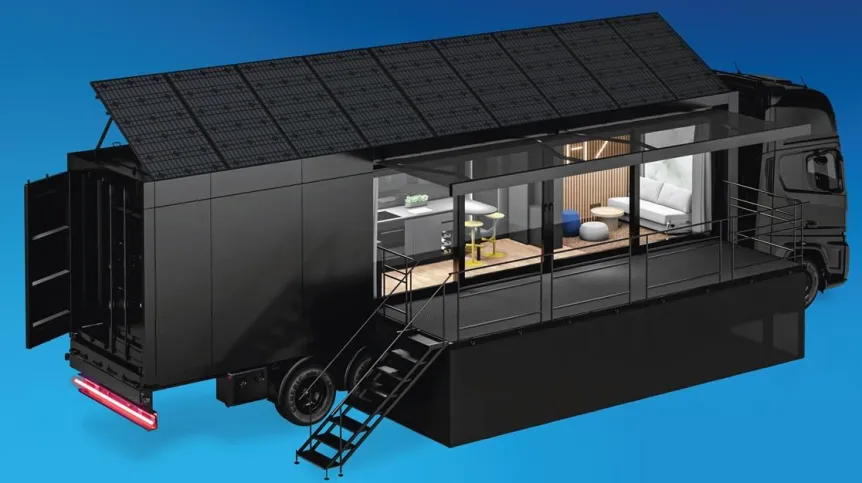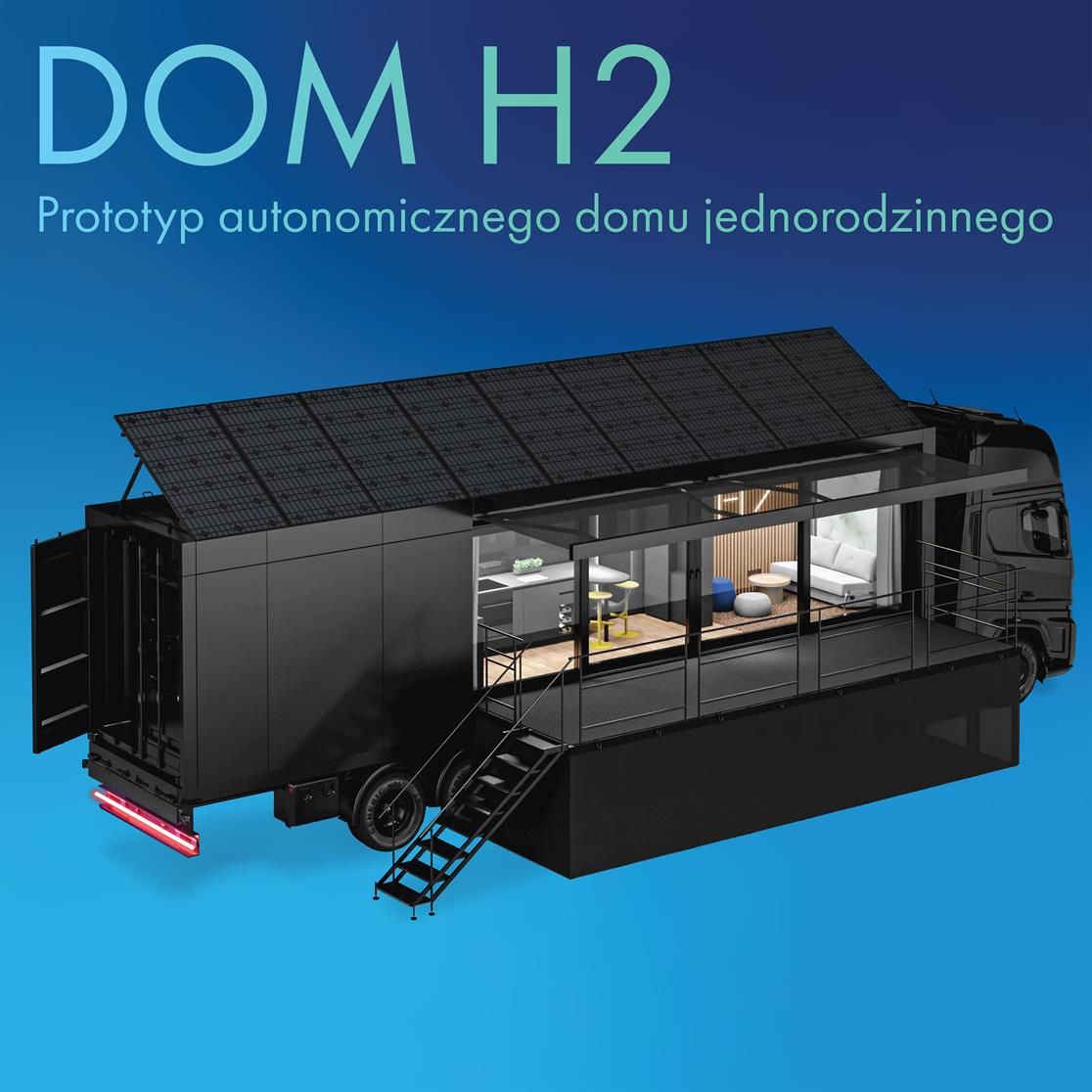
Researchers the AGH University of Science and Technology in Kraków in cooperation with industrial partners have developed a prototype house powered solely by hydrogen and photovoltaics. According to the scientists, it is the first prototype of a facility of this type in Poland.
JAccording to the Kraków university's press release, the prototype of a house ensuring energy independence and autonomy was created by an interdisciplinary team led by Professor Magdalena Dudek from the Faculty of Energy and Fuels, and industrial partners of the project, ZEPEK and PAK Serwis.
The house is powered by electricity from a photovoltaic installation. In case of a shortage, energy is drawn from battery accumulators or a hydrogen-oxygen fuel cell. The hydrogen is produced on-site in an electrolyser and stored in tanks.

In the autumn and winter, the stored hydrogen is used to produce electricity and heat in fuel cells. These in turn can power all everyday electrical energy receivers, such as washing machines, refrigerators, cookers, lighting.
According to the release, in the first stage of work, the AGH UST team built a laboratory equipped with an integrated system for generating and storing electricity, as well as typical electrical energy receivers, including everyday appliances such as computers, a refrigerator, a washing machine, lighting, or a coffee machine.
Photovoltaic panels with a capacity of 6.4 kWp were installed on the roof of the mobile prototype. According to the researchers, this size of PV installation can supply the electricity used by an average home. Surplus electricity generated by the PV installation is stored in electrochemical storage batteries and hydrogen.
According to the scientists, these solutions can be applied to develop other infrastructure, such as mobile hotels, auxiliary power sources for mass events, or for emergency services in crisis situations.
The result of the team's work is DOM H2, a prototype installation of an autonomous power supply for a single-family house, based on its own renewable energy sources using hydrogen as an energy storage and carrier.
The installation, which serves as a demonstration and research facility, was built on a modified mobile shipping container and made its debut at this year's international hydrogen technology fair Net Zero Energy & H2POLAND 2025 in Poznań, where the latest solutions supporting the energy transition process were presented. (PAP)
PAP - Science in Poland
rgr/ agt/













